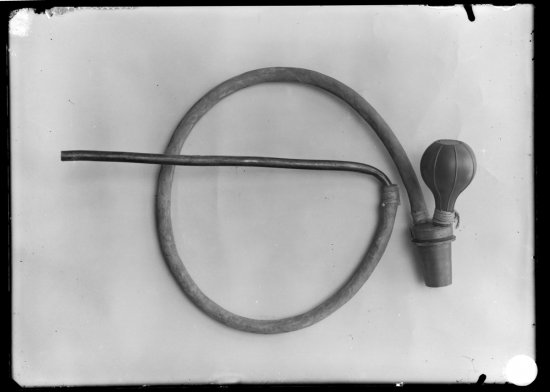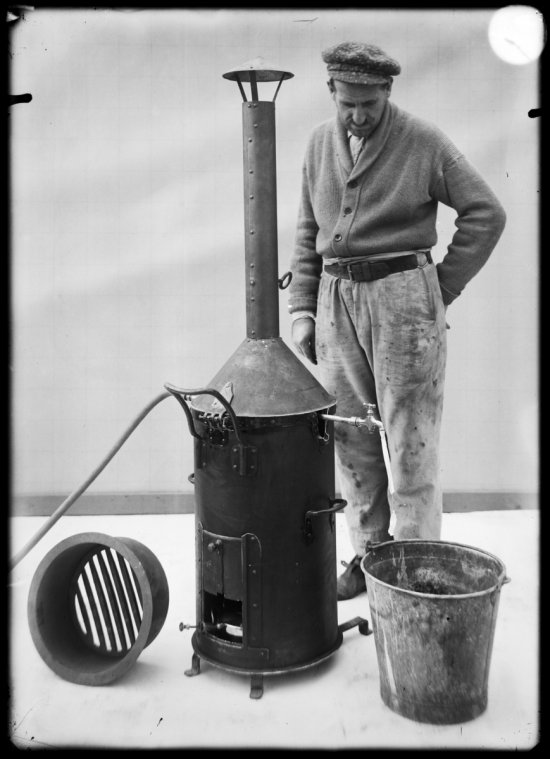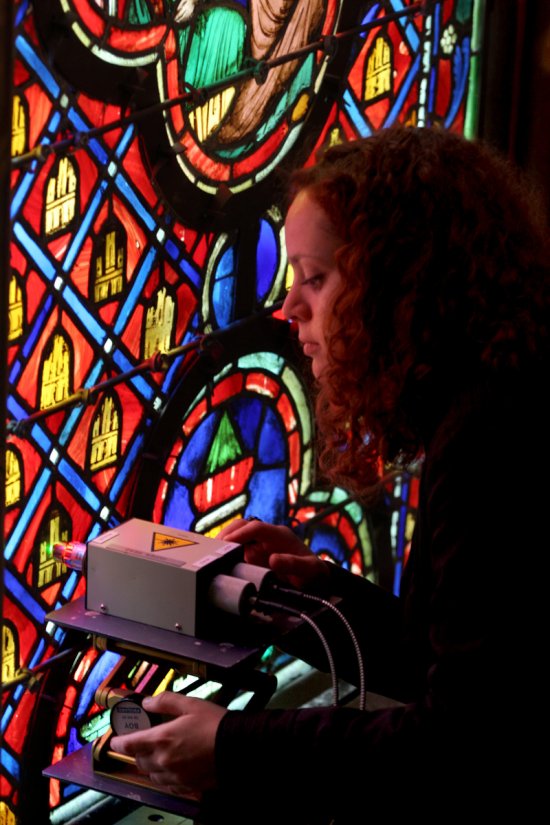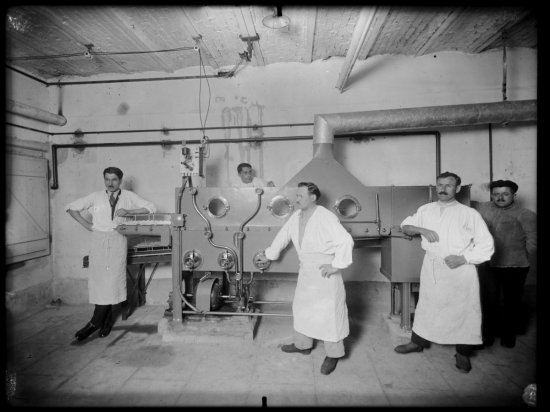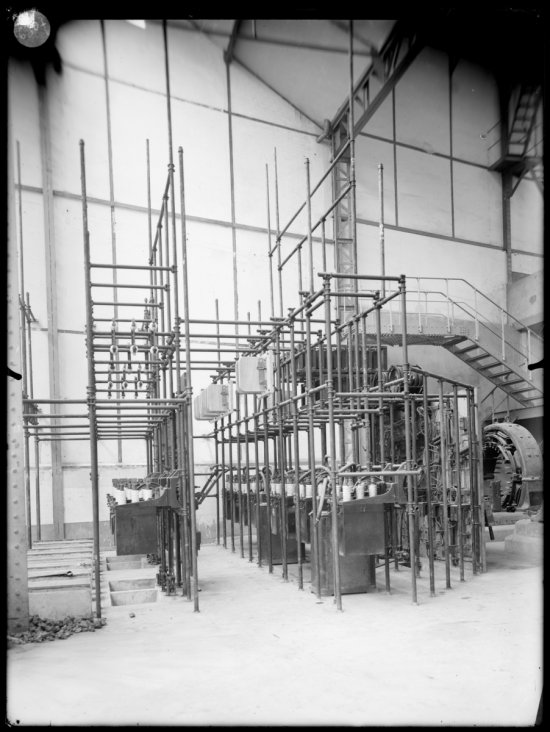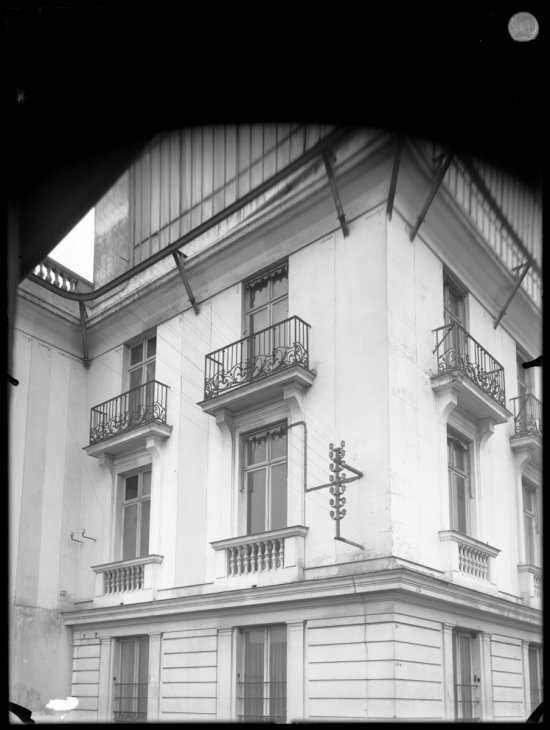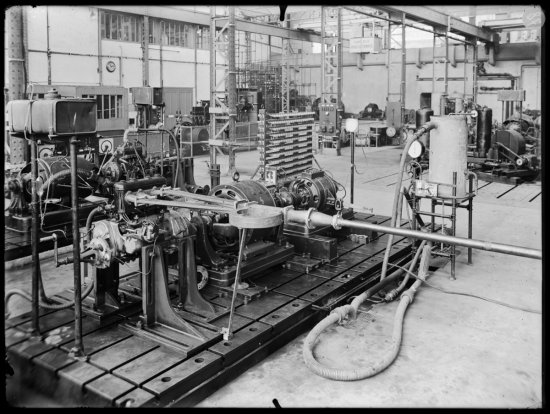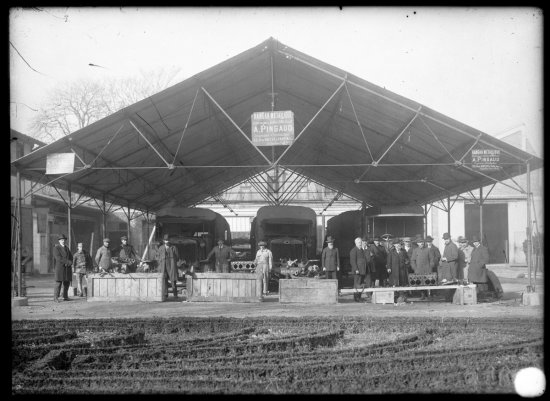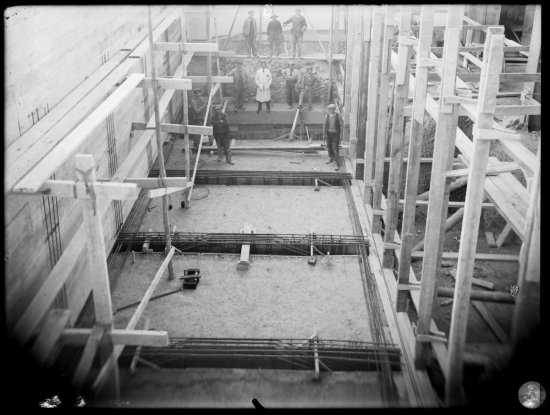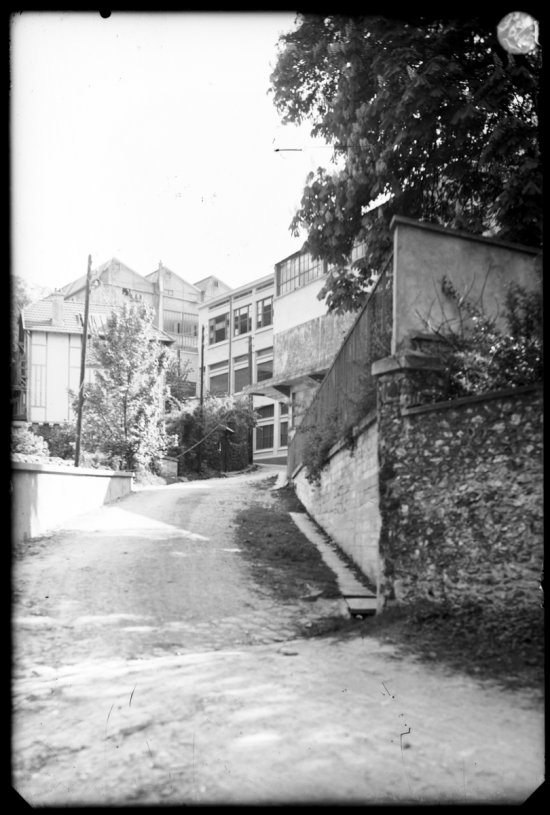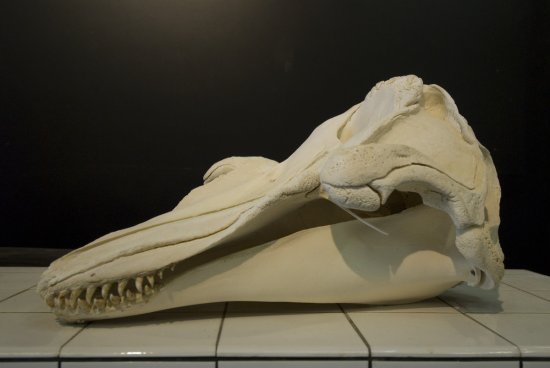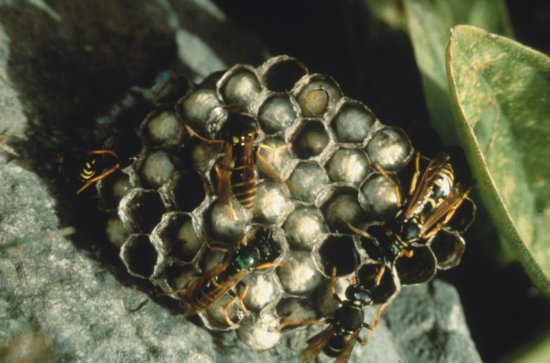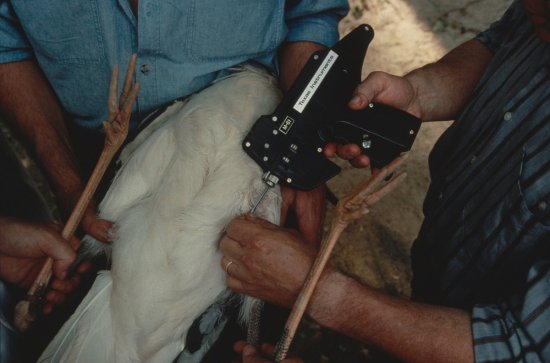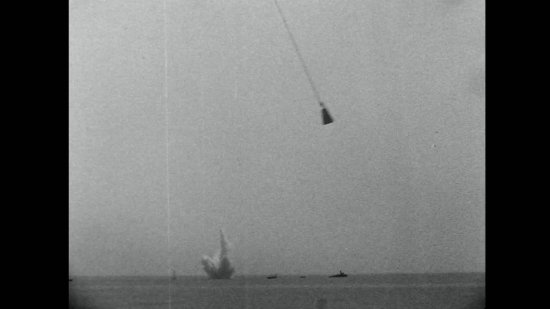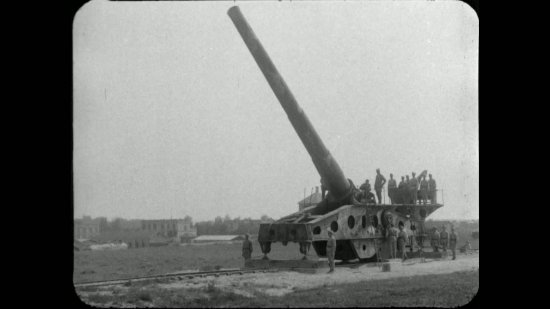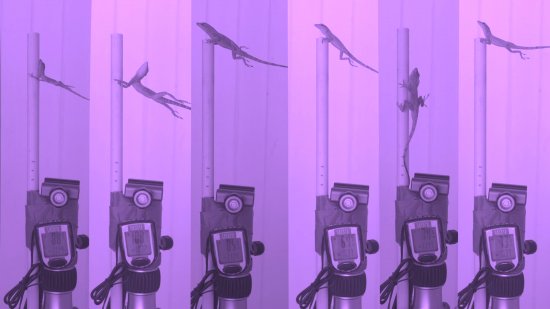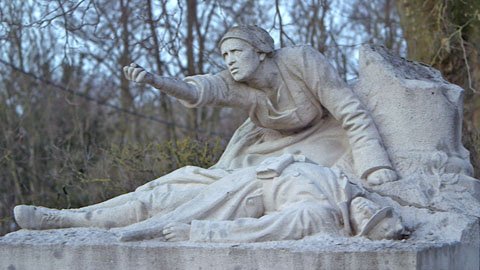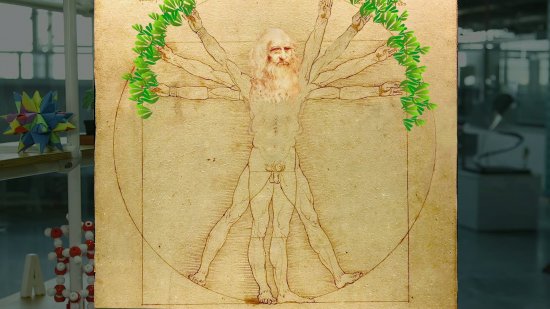© Fonds Historique / CNRS Images
Reference
6672
Boirault No.1 anti-barbed-wire machine
In a military camp, the High Commission of Inventions observes an anti-barbed wire prototype designed by Mr. Boirault. Designed in 1914 and built in 1915, the Boirault machine is considered "the interesting ancestor of the tank". This invention by arts and crafts engineer Louis Boirault is probably one of the most extravagant proposals documented by the Inventions Department. With its height of several meters, its weight of 30 tons and its shape resembling a rib cage or a giant salad spinner, this anti-barbed-wire tank does not go unnoticed. It had the advantage of combining two functions that were highly topical at the time: it made it possible to destroy barbed-wire networks and to cross the trenches at the same time. It is some kind of off-road vehicle.
The film demonstrates the characteristics of the Boirault tank with its gigantic dimensions and unidirectional movement. First filmed from the side, the Boirault machine is then captured from the front when it slowly but surely crushes rows of barbed wire.
Being too visible, slow and unable to change direction, its characteristics did not make the invention sustainable and on the contrary earned it the nickname "Diplodocus Militarus". Thus, and despite the hopes of the inventor, the commission of inventions eliminated one by one the different potential uses of the diplodocus militarus. Finally, the production of such a machine would have required too much metal in a time of shortness.
Duration
Production year
Définition
Color
Sound
Version(s)
Original material
The use of media visible on the CNRS Images Platform can be granted on request. Any reproduction or representation is forbidden without prior authorization from CNRS Images (except for resources under Creative Commons license).
No modification of an image may be made without the prior consent of CNRS Images.
No use of an image for advertising purposes or distribution to a third party may be made without the prior agreement of CNRS Images.
For more information, please consult our general conditions


